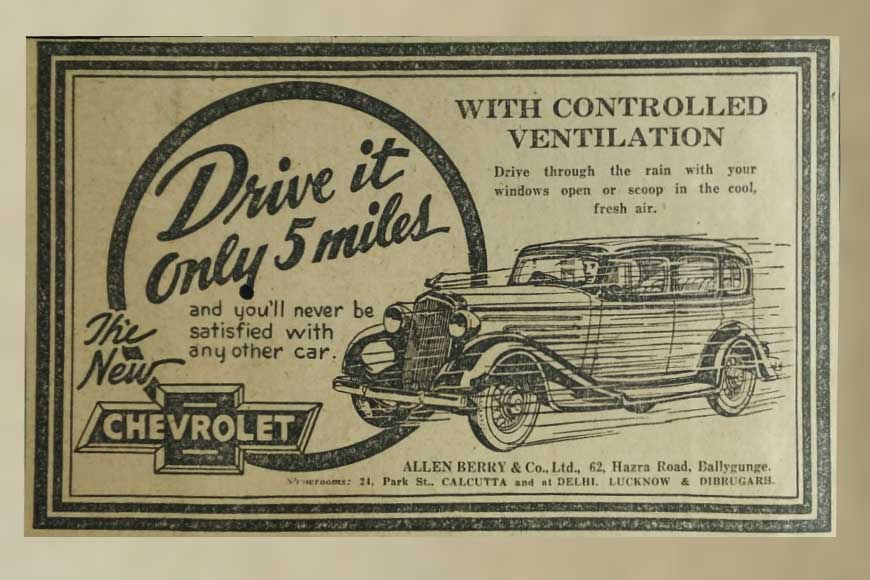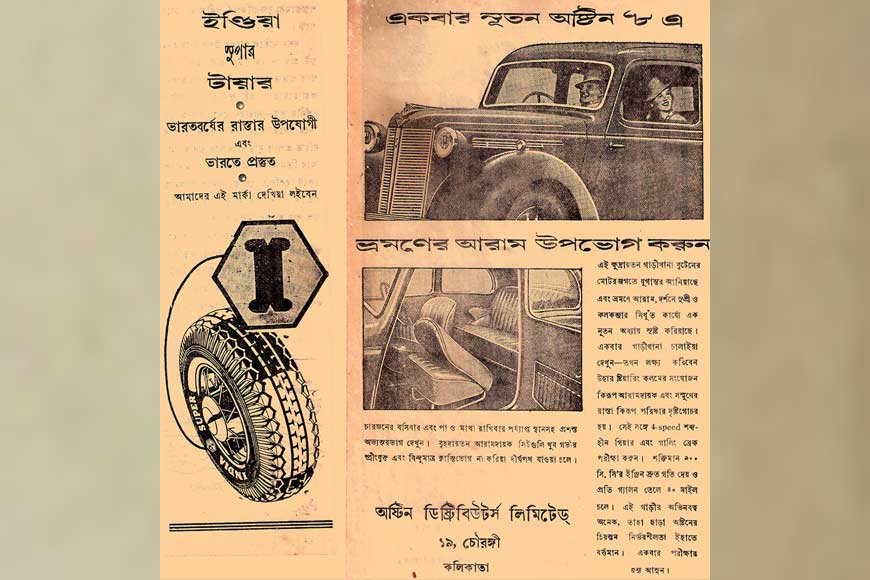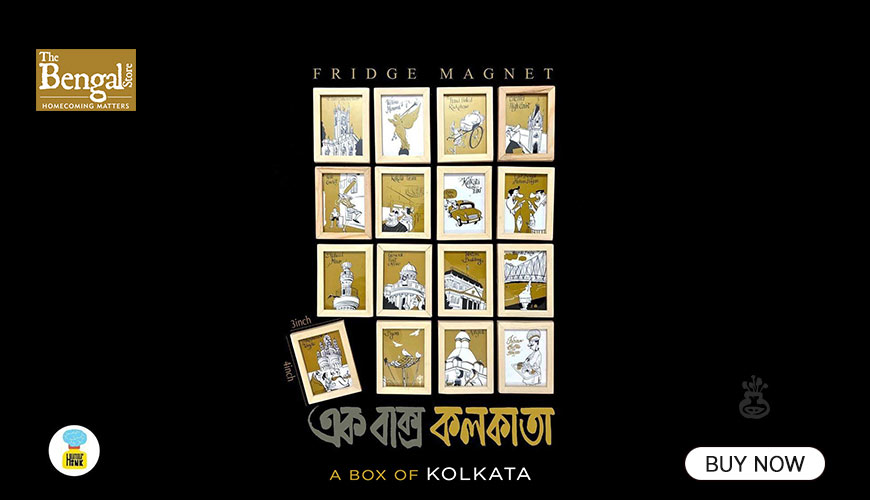First Car in India

Vroom, zoom, hoooshhhh… well if a sleek Porsche had turned your eyes on Park Street and you were surprised that such an expensive car is part of a city that we always think behind Mumbai and Delhi as for the flashy quotient, then think twice. For it was Calcutta where India’s first car was launched. The first car was possibly a French model, DeDion, that left residents of Calcutta terrified as per newspaper reports of those ages. It was 1897 when a resident of Calcutta brought the first car to India.
This was a year before four cars arrived in Mumbai owned by Parsi gentlemen including that of the founder of the Tata Empire, Jamshedji Tata. But by that time (1898) over half a dozen cars were plying in Calcutta. Delhi, the largest car market in India today, was a laggard while Madras saw its first car only in 1901. It was owned by a gentleman, Mr A Yorke of Parry’s & Co. who reportedly took it out daily. However, it was not registered. The first registered car in Madras belonged to a civil servant, another British gentleman named Francis Spring, who later became the Chairman of Madras Port Trust.
Kolkata’s first car appeared to be a horseless carriage with embellishments like false heads of swans and horses in the front section. The car was made by a company called Dennis, which enjoyed a great reputation in those days as a manufacturer of tough and long-lasting vehicles. As the motor car became more and more visible in the city, and the convenience and pleasures of motoring became apparent, a few companies and wealthy landowners took initiative to take cars beyond Kolkata. Petrol or oil powered engines were not unknown in districts as they were used for tasks like power generation, dewatering of mines and so on but nonetheless maintenance was a problem in the early years.
In 1904, Bengal Coal Company officially set up a motor wing at its mines in Ranigunj. In 1907, Burn & Co bought a four-seater Albion car for the use of its top management. It was delivered by none other than Paul Gibson of Allen Berry and it became normal for car dealers and garages to hold regular camps in the districts of Bengal to service the growing fleet.
In 1904, Bengal Coal Company officially set up a motor wing at its mines in Ranigunj. In 1907, Burn & Co bought a four-seater Albion car for the use of its top management. It was delivered by none other than Paul Gibson of Allen Berry and it became normal for car dealers and garages to hold regular camps in the districts of Bengal to service the growing fleet. It had, like the Dennis, ground clearance of over a foot and passengers were seated at a height reaching above the waist of a man standing upright. This was necessary as vehicles had to negotiate through streams and small rivers. The elevated seat ensured passengers and their shoes remained dry!

Soon after, zamindars of Bengal started buying cars and there was a huge demand for models like Lanchesters and Ford Model T. Interestingly, these popular models were fitted with the now-unknown epicyclic gear box which did not have the normal crunching gears or clutch and therefore were easier to maintain. Records indicate there were over a thousand cars by 1915-16. Cars in districts were always fitted with ‘governors’, a device that limited the maximum speed that could be attained - to around 20 miles per hour or so (approximately 40 km).
Kolkata’s first car appeared to be a horseless carriage with embellishments like false heads of swans and horses in the front section. The car was made by a company called Dennis, which enjoyed a great reputation in those days as a manufacturer of tough and long-lasting vehicles.
Wise drivers usually drove at lower speeds because of pedestrians, carts, cows and other animals on the road – and not to mention the chasing dogs. According to a report published in 1916, “Aged people used to come and do ‘salaam’ to the cars – I suppose they wondered what kind of a cow was under the bonnet”. Safety was a concern because often “the greatest problem was from charging cows and buffaloes which frequently had their horns torn off in the wheels if they struck at a wrong angle”, the author wrote. Head-on collisions also meant a great deal of damage to the vehicle and of course major commotion.
By 1908, cars like the Albion had made way to further interiors up to Jharia. Similarly, some cars were ferried by rail and boat to North Bengal and climbed the Darjeeling Hills by the Hill Cart Road. After few failures, the first trip was probably made around 1919. The Albion and Dennis vehicles lasted well over 15 years in the harsh conditions of the districts and established a great reputation in terms of reliability and utility. The car advertisements were also very interesting specially the Bengali ones. Another way of selling the cars was through road shows and distribution of handbills and pamphlets among the wealthy and company bosses by canvassers.
Interestingly, one of the early users of vehicles was the Church which worked in remote areas mostly through foreigners who were familiar with cars back in England. These gentlemen used their simple, sturdy vehicles to serve the poor and travelled to remote areas. The popular vehicles included Trojan, a two-stroke mini car made in England, or the usual Ford or Austin or Morris. They also used motorized hearses. As cars in that era had a separate chassis and bodywork, after a period of more than 15-20 years they were refitted with flat open racks and used as light lorries. Subsequently, the engines were used to power agricultural machinery or pumps by those unable to afford new ones. Besides the ease and pleasures of motor transport, motoring brought in some unexpected benefits. The deadly tetanus disease that spread through horse and other animal droppings came down sharply. And as usual Kolkata and Bengal always showed the lead even in British India!










